[Note: I've set up some posts to automatically publish while I'm off dealing with the storm; please excuse any errors I didn't catch. Any comments you choose to leave will likely take a while to be approved, as my stand-in comment moderator works days.]
Ten Things You Can Have for Free
(Freeware caution: always scan free downloads of anything for bugs and other threats before dumping the programs into your hard drive.)
Softology's
Anagram Generator "creates anagrams and lexigrams, generates reverse dictionaries, word search function allows wildcard search on dictionary, allows you to see if your phone number spells anything interesting, searches for palindromes, search for words that rhyme with other words. Ideal for song writers, musicians and poets, includes English, French, German, Italian, Japanese, Dutch and Spanish dictionaries, solves Jumble puzzles, saves all results as txt files for future viewing/editing/printing, non-encrypted dictionaries allow full customisation of words if required, manually edited English dictionary trimmed to generate interesting anagrams at a much faster speed" (OS: Windows XP/Vista/7)
The free trial version of
ArtText is a Mac OS X application for "creating high quality textual graphics, headings, logos, icons, web site elements and buttons. Thanks to multi layer support creating complex graphics is no sweat. Use the result with Apple iWork, iWeb, Microsoft Office, BeLight applications, and various other text edit and web design programs. Available in: English, German, French, Spanish and Japanese" (OS: Mac OS X 10.5.8 or later, Intel only. Mac OS X 10.8 Mountain Lion compatible)
Efficient Sticky Notes allows you to "throw away the traditional paper sticky notes and start using the completely free Efficient Sticky Notes! "Stick" your notes on the desktop and you can read important information at any time on the screen. It saves your money and saves your time! The software allows various background colors, with optional gradient effect, to be set for the sticky notes. You can also customize the font of each note and set it to be semi-transparent so it will not fully cover up your desktop background or icons. To fully protect your privacy, the software encrypts the login password with the irreversible SHA algorithm and also encrypts data files. Besides, it offers various special features such as managing sticky notes by group, setting note importance, tracking the creation time and last modification time of notes, adding attachments to notes, Recycle Bin, etc. (OS: Win 98/ME/NT/2K/XP/2K3/Vista/7)
Growly Notes is a freewware that "lets you capture everything you’re interested in, all in one place. Organize research projects, trips, to-do lists, or journals. Scrapbook your images, web links, and video clips. Your imagination is the only limitation. Pages can contain almost anything: formatted text, images, movies, audio clips, PDF files, tables, lists, web and file links, and drawings you create in Notes. There are no rules for where things have to go: put an image beside text or under it. Draw shapes on top of other notes. Put two snippets of text right next to each other. Click anywhere and start typing. It’s really that simple. Notebooks are organized into sections (the larger tabs on the left in the image above), each of which contains as many pages as you like. All the open notebooks are shown in one window, for easy navigation and quick jumps" (OS: Mac)
The Lite version of
InstantPhotoSketch converts your digital photos into artful sketches. This one has very limited features, so you may want to check out the pay-for Pro version, which has a free trial period, if you're looking for a more sophisticated program. (OS: Mac, Windows)
LazPaint is an "image editor, like PaintBrush or Paint.Net, written in Lazarus (Free Pascal). Includes BGRABitmap, a set of drawing routines. Features: antialiasing; multiple undo; alpha blending; BGRABitmap; selection of any shape; rotation; filters; update checker. What´s New in version 4.8: better 'Shift colors' (menu Colors); a checkbox enables the correction of the usual HSL model; selection edition in grayscale (menu Selection); new 'Texture mapping' tool; import 3D objects (format *.obj); png black transparent fix" (OS: Windows 2000/XP/Vista/7)
MemPad is "a plain text outliner and note taking program with a structured index. All pages are stored in a single file. User interface in English, German, French, Portuguese, Spanish, Swedish, Russian, Turkish, Chinese. The program offers standard editing functions including cut, copy, paste, undo, date/time insert, drag&drop, and supports Web links as well as network and local file or folder links (full path not required) and internal page links. Environmental variables can be used in file links to run programs, for example" (OS: Windows XP/Vista/7)
Piggydb 6.0 is a "Web notebook application that provides you with a platform to build your knowledge personally or collaboratively. With Piggydb, you can create highly structural knowledge by connecting knowledge fragments to each other to build a network structure, which is more flexible and expressive than a tree structure. Fragments can also be classified with hierarchical tags. Piggydb does not aim to be an input-and-search database application. It aims to be a platform that encourages you to organize your knowledge continuously to discover new ideas or concepts, and moreover enrich your creativity." (OS: Multi-Platform Java; Requires Java Runtime Environment.)
TextOnTrays is "a small utility which allows you to store on its "trays" lots of texts that you often write. Afterwards, in a click, you paste any of these texts wherever you want. It is possible to store up to 150 texts" (OS: Mac OS X)
Here's something for those of you who make custom crossword puzzles for your newsletters, conference handouts or on your web sites:
XWord is a "crossword puzzle program designed to be highly configurable. It supports a variety of formats: puz, xpf, jpz, and ipuz. Includes support for rebus puzzles, "trick" puzzles, diagramless puzzles, scrambled/locked puzzles, and a timer. Features:
Diagramless puzzles; Rebus puzzles; Circled and shaded squares; Unconventional numbering schemes; Clues in directions (and shapes) other than straight Across and Down; Formatted clue text; Background images; Puzzles with scrambled solutions; Notes" (OS: Windows XP/Vista/7)

 My guy could never be a vampire; he loves garlic too much. One of his favorite things in the world are those lovely knotted rolls you get at good Italian restaurants. He especially likes the rolls at one local place, which they serve drizzled with olive oil and topped off with chopped raw garlic.
My guy could never be a vampire; he loves garlic too much. One of his favorite things in the world are those lovely knotted rolls you get at good Italian restaurants. He especially likes the rolls at one local place, which they serve drizzled with olive oil and topped off with chopped raw garlic. With my last giveaway of Rob Thurman's All Seeing Eye I included for each winner one of my BookLoops, the design I came up with last summer when I decided to reinvent the bookmark. Recently I made a bunch to play with different types of anchors, and since I have more than I can ever possibly use I thought they'd be a cool little surprise to tuck in the packages.
With my last giveaway of Rob Thurman's All Seeing Eye I included for each winner one of my BookLoops, the design I came up with last summer when I decided to reinvent the bookmark. Recently I made a bunch to play with different types of anchors, and since I have more than I can ever possibly use I thought they'd be a cool little surprise to tuck in the packages. In December Nightbred, the second novel in my Lords of the Darkyn trilogy, will be hitting the shelves. Here's the cover copy:
In December Nightbred, the second novel in my Lords of the Darkyn trilogy, will be hitting the shelves. Here's the cover copy:
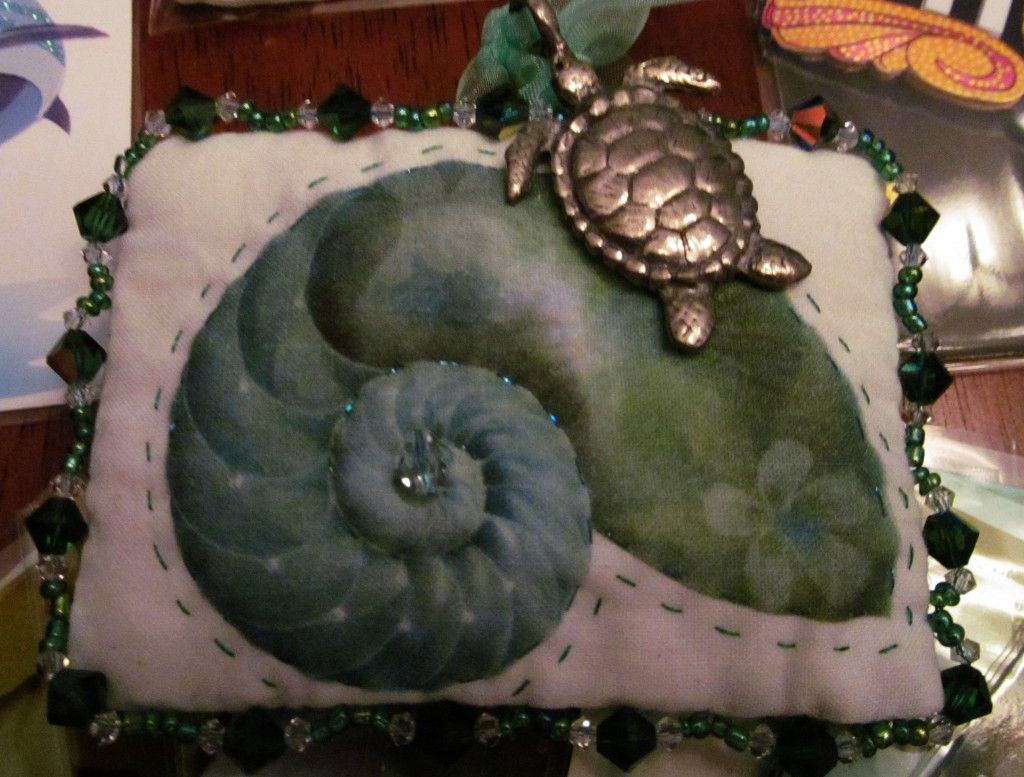 I made this little pouch while working on my 1000 Cards Project this past week. The nautilus image was one I scanned, shrank and recolorized from a crazy quilt beading book; the other parts of the pouch were made from some fabric scraps and leftover beads from other projects. I didn't think of what to put inside the pouch until it was finished, and then made a BookLoop with a pewter turtle pendant. The entire project took twelve hours to make from my starting idea to the finished piece. Which seems like a long time, considering that it's artist trading card-size (2.5" X 3.5").
I made this little pouch while working on my 1000 Cards Project this past week. The nautilus image was one I scanned, shrank and recolorized from a crazy quilt beading book; the other parts of the pouch were made from some fabric scraps and leftover beads from other projects. I didn't think of what to put inside the pouch until it was finished, and then made a BookLoop with a pewter turtle pendant. The entire project took twelve hours to make from my starting idea to the finished piece. Which seems like a long time, considering that it's artist trading card-size (2.5" X 3.5").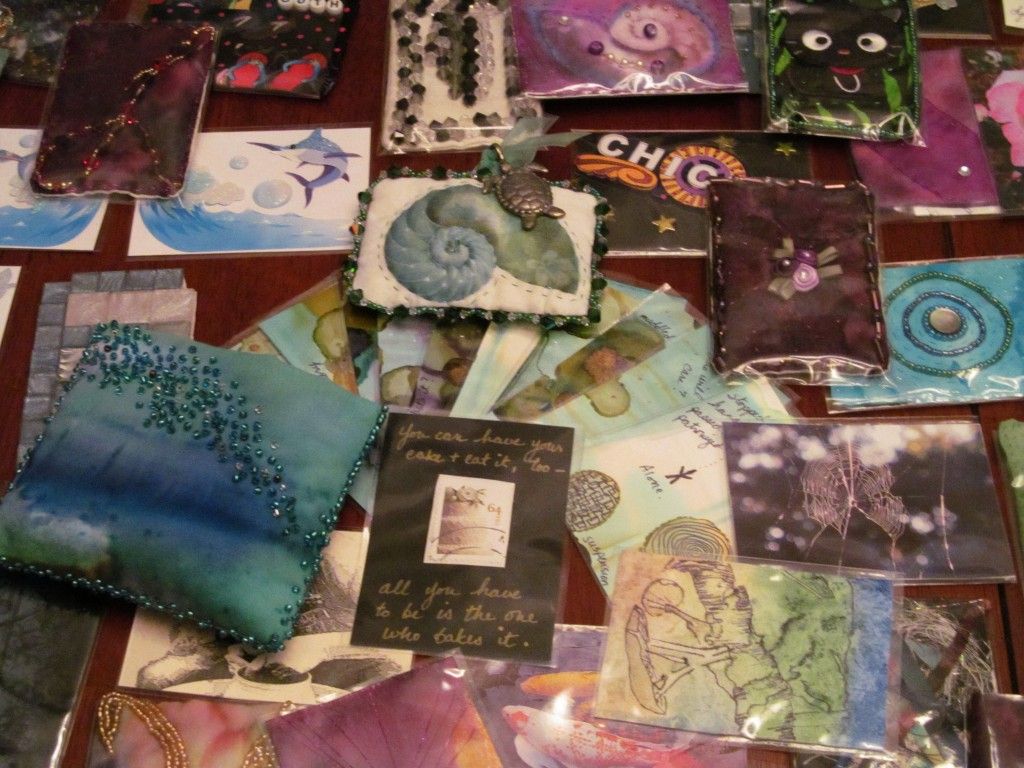 Despite my one shortcut it probably sounds like a lot of time and effort for such a small piece, and in fact it was. In the time I spent making this one ATC I probably could have knocked out ten or twenty simpler designs. Sure, I could have used the sewing machine instead of doing all the work by hand. I also might have hot-glued the beads on instead of sewing them in place. But for me this project has never been about doing it the easy/fast/simple way, or getting a huge quantity of work done in a short amount of time. I want to learn from this experience, but more importantly, I want to give it my best. Some days I do make a lot of cards because the idea is simpler to execute; but other cards take me days, even weeks to complete.
Despite my one shortcut it probably sounds like a lot of time and effort for such a small piece, and in fact it was. In the time I spent making this one ATC I probably could have knocked out ten or twenty simpler designs. Sure, I could have used the sewing machine instead of doing all the work by hand. I also might have hot-glued the beads on instead of sewing them in place. But for me this project has never been about doing it the easy/fast/simple way, or getting a huge quantity of work done in a short amount of time. I want to learn from this experience, but more importantly, I want to give it my best. Some days I do make a lot of cards because the idea is simpler to execute; but other cards take me days, even weeks to complete. Finally I reached the halfway point, and some time today I will make my 500th card. I wanted this one to be significant, but I sort of blanked on how I could make it that way. Then I realized I hadn't really looked at what I've accomplished so far, not the entire shebang, so I started unloading the storage chest where I've been keeping the finished cards to spread them out on the dining room table (and honestly I didn't think I'd have enough finished cards to cover the top of it.)
Finally I reached the halfway point, and some time today I will make my 500th card. I wanted this one to be significant, but I sort of blanked on how I could make it that way. Then I realized I hadn't really looked at what I've accomplished so far, not the entire shebang, so I started unloading the storage chest where I've been keeping the finished cards to spread them out on the dining room table (and honestly I didn't think I'd have enough finished cards to cover the top of it.)

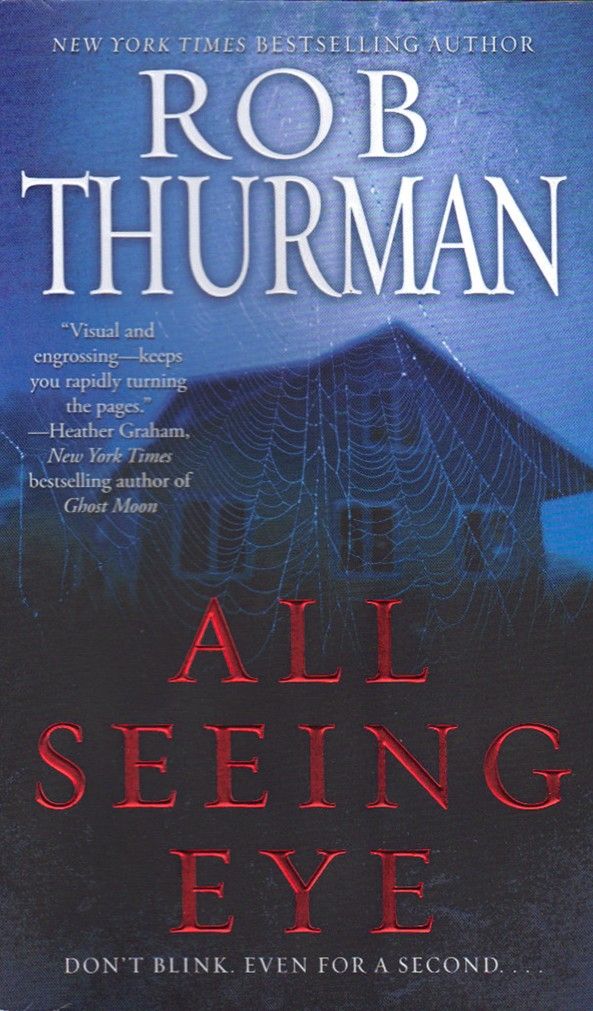 The question is not what you look at, but what you see. -- Henry David Thoreau
The question is not what you look at, but what you see. -- Henry David Thoreau I sent Margaret Michelle Moran's historical novel
I sent Margaret Michelle Moran's historical novel  I'm running a bit behind on checking my annual calendar reminders, but the one I did want to mention this week is National Novel Writing Month, or
I'm running a bit behind on checking my annual calendar reminders, but the one I did want to mention this week is National Novel Writing Month, or  I've also received several e-mails from readers who noted the
I've also received several e-mails from readers who noted the  Since I've gotten hooked on the UK's writer trade magazine
Since I've gotten hooked on the UK's writer trade magazine  I sent DeeCee Rob Thurman's Trick of the Light, which I consider among other things
I sent DeeCee Rob Thurman's Trick of the Light, which I consider among other things  I should have known! Ha. Okay, I've sent another book out, and hopefully this time I've managed to find one to surprise you. I'll check back with you once I return from my road trip.
I should have known! Ha. Okay, I've sent another book out, and hopefully this time I've managed to find one to surprise you. I'll check back with you once I return from my road trip. After dinner tonight we went down by the water to take a walk and get some fresh air. I managed to take this shot of a seaplane taking off, but I fumbled with the buttons trying to zoom in and get more details, and by the time I had the camera ready the plane was gone.
After dinner tonight we went down by the water to take a walk and get some fresh air. I managed to take this shot of a seaplane taking off, but I fumbled with the buttons trying to zoom in and get more details, and by the time I had the camera ready the plane was gone.


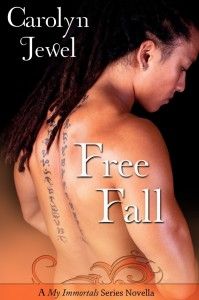 One of my first indie author purchases for
One of my first indie author purchases for 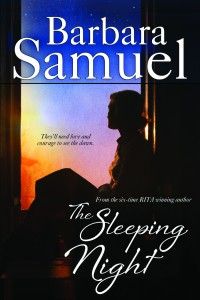 After I finished Carolyn's novella I purchased
After I finished Carolyn's novella I purchased 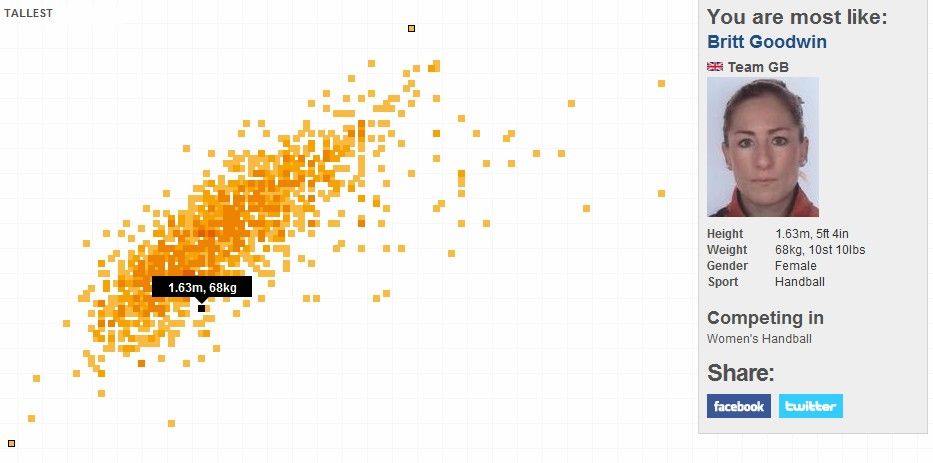
 Ms. Daniels, you’re an e-published author, a traditionally published author, and a self-published author. Should we call you an uppity legacy house-slave, or something else?
Ms. Daniels, you’re an e-published author, a traditionally published author, and a self-published author. Should we call you an uppity legacy house-slave, or something else? 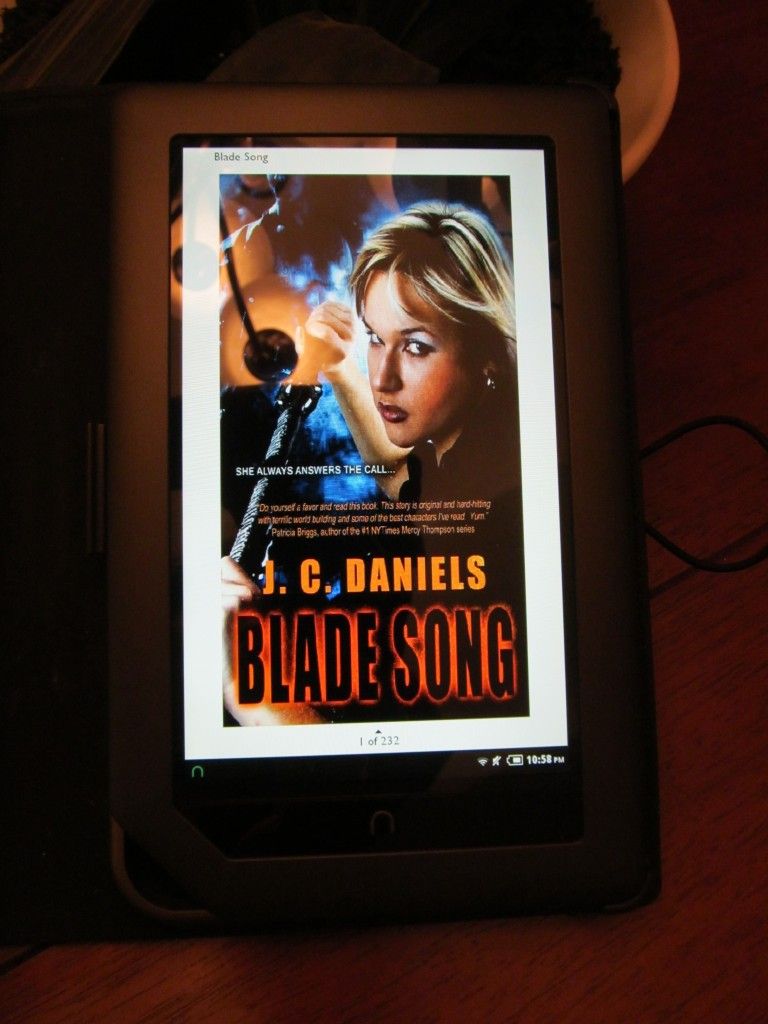 I have super secret time-bending powers, and because I don’t believe in all this Mayan end-of-the-world nonsense I’m going to open a window to 2015. When we spy on you through it, what will you be writing?
I have super secret time-bending powers, and because I don’t believe in all this Mayan end-of-the-world nonsense I’m going to open a window to 2015. When we spy on you through it, what will you be writing?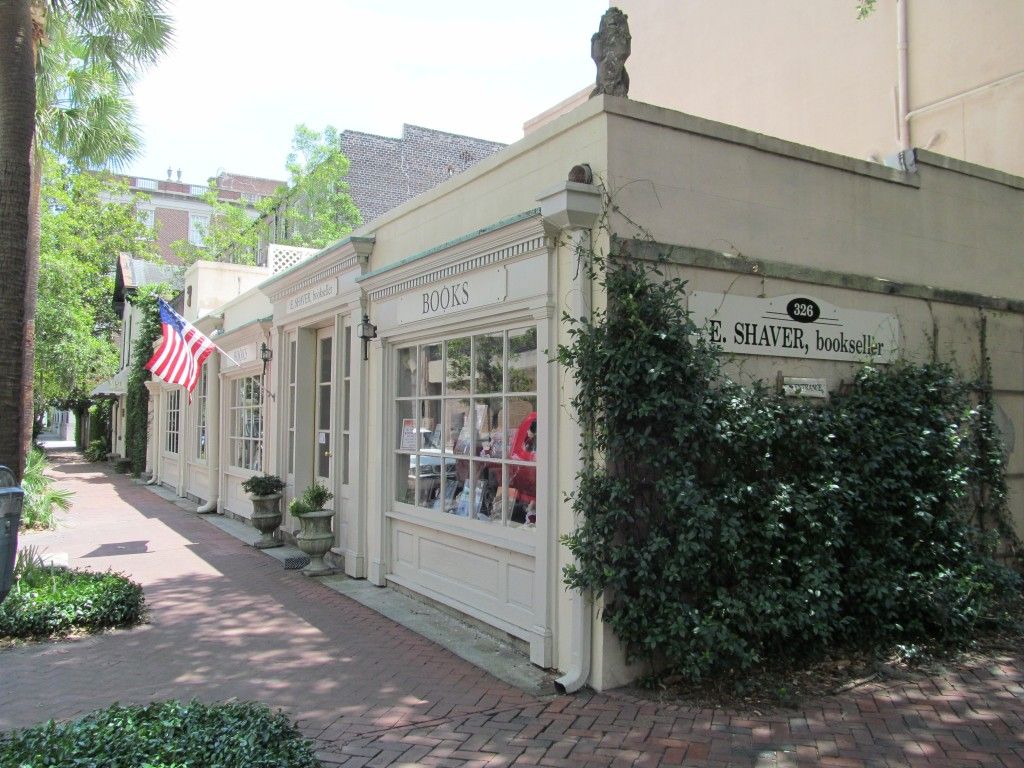 My sneaking off to Savannah included some multi-tasking; I had to do some research, plus manage a college tour for my youngest. The fact that I also paid a visit to E. Shaver booksellers was simply for research materials, and had nothing to do with my inability to walk past a fabulous book shop without stopping, browsing and purchasing something.
My sneaking off to Savannah included some multi-tasking; I had to do some research, plus manage a college tour for my youngest. The fact that I also paid a visit to E. Shaver booksellers was simply for research materials, and had nothing to do with my inability to walk past a fabulous book shop without stopping, browsing and purchasing something.  I brought some of my troubles and concerns to the city, too, but they never seem quite as huge or insurmountable there. While we were at St. John's I lit a candle for a friend who is going through a tough time, and later sent her a postcard I picked up in the cathedral. At our hotel I met the mother of a young writer who will be attending the same college we came to see, and we talked about our kids and the school and the Publishing business. Savannah has a unique way of reminding you that you're not alone in your worries, and there's always time to talk and figure things out and even dream a little.
I brought some of my troubles and concerns to the city, too, but they never seem quite as huge or insurmountable there. While we were at St. John's I lit a candle for a friend who is going through a tough time, and later sent her a postcard I picked up in the cathedral. At our hotel I met the mother of a young writer who will be attending the same college we came to see, and we talked about our kids and the school and the Publishing business. Savannah has a unique way of reminding you that you're not alone in your worries, and there's always time to talk and figure things out and even dream a little.